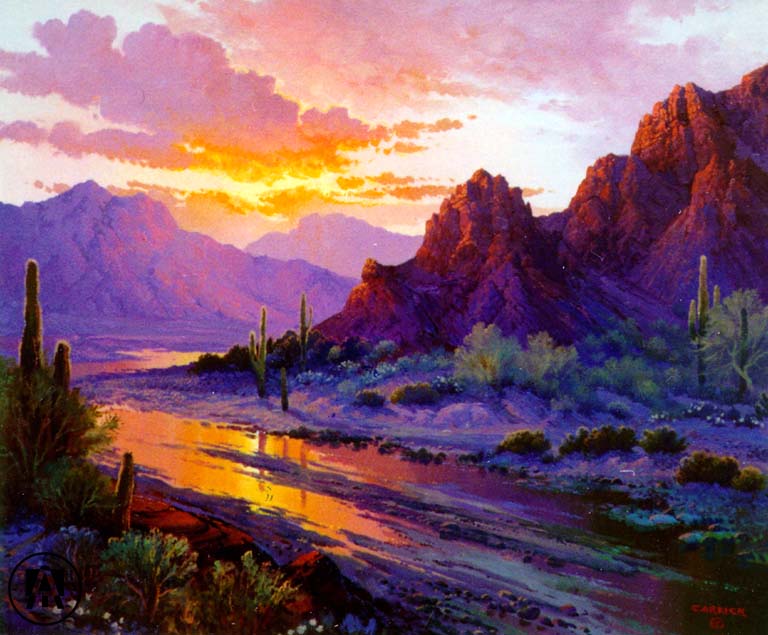
Jordan, G.L. 1981. Range seeding and brush management on Arizona rangelands. Arizona Agricultural Experiment Station Extension Bulletin T-81121.
Vallentine, J.F. 1989. Range Development and Improvements, 3rd edition. Academic Press, San Diego.
The Nature Conservancy's Wildland Invasive Species Program
Ffolliott, P.F., DeBano, L.F., Baker, M.B., Jr., Gottfried, G.J., Solis-Garza, G., Edminster, C.B., Neary, D.G., Allen, L.S., and Hamre, R.H. (technical coordinators). 1996. Effects of fire on Madrean province ecosystems: a symposium proceedings. USDA Forest Service Rocky Mountain Experiment Station General Technical Report RM-289, Fort Collins, Colorado.
Fire Effects Information System
Johnson, E.A. and Gutsell, S.L. 1994. Fire frequency models, methods and interpretations. Advances in Ecological Research 25:239-287.
Rasmussen, G.A., G.R. McPherson, and H.A. Wright. 1988. Economic comparison of aerial and ground ignition techniques for rangeland prescribed fires. Journal of Range Management 41:413-415.
USDA Forest Service Pacific Northwest Research Station fire tools
Wright, H.A. and Bailey, A.W. 1982. Fire Ecology. John Wiley & Sons, New York.